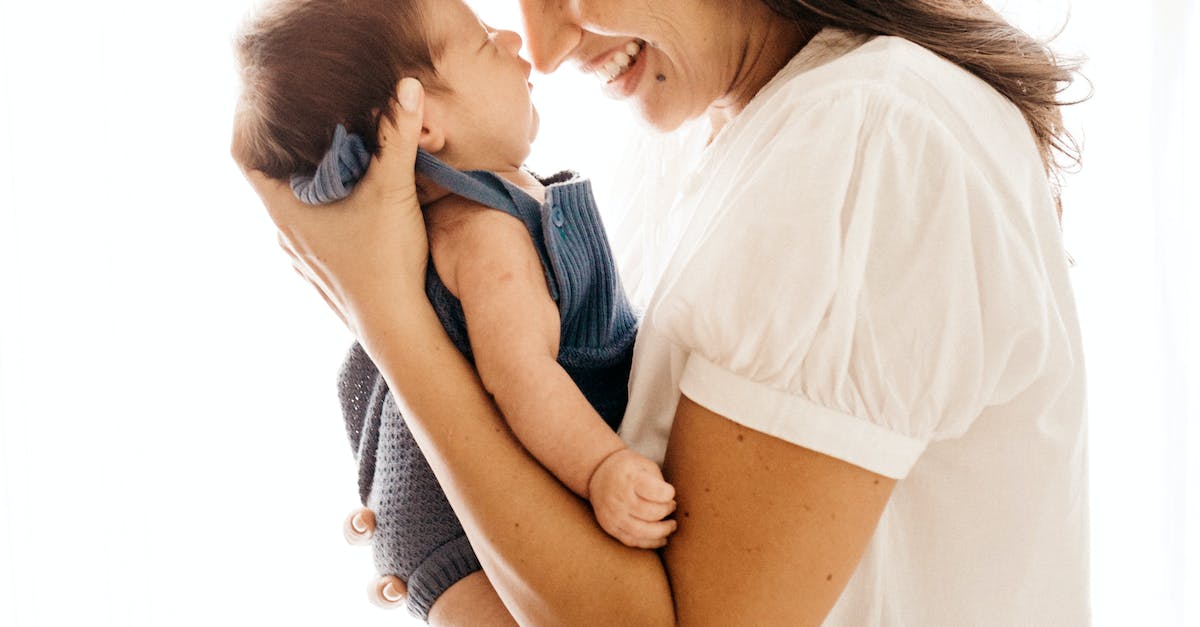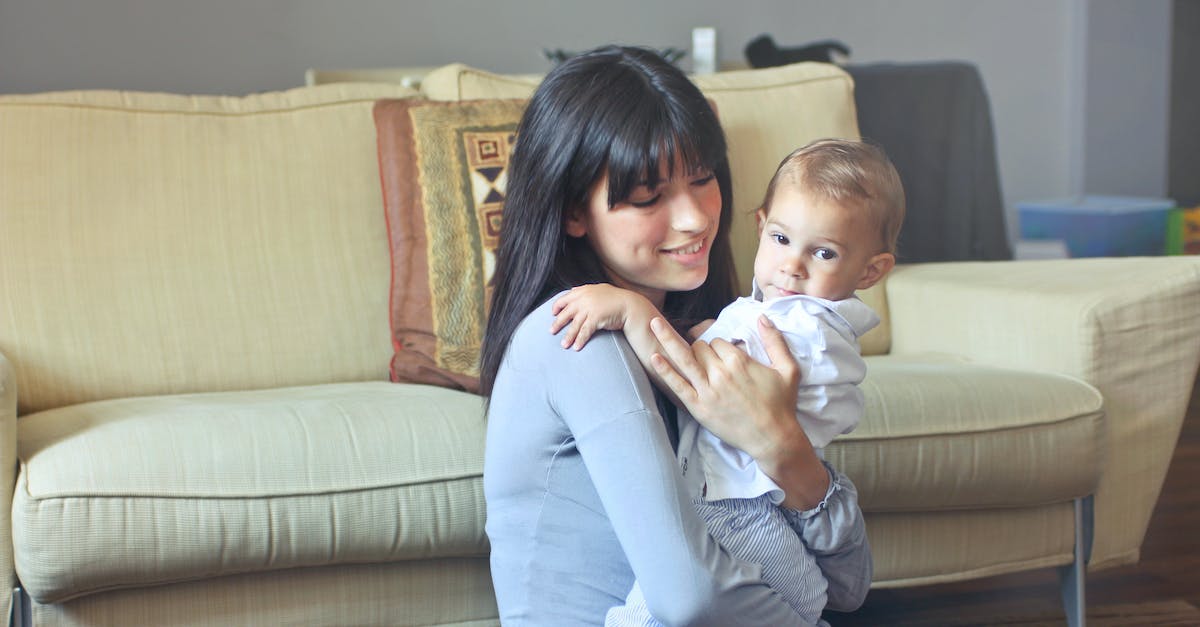As parents, we all want our kids to be well-behaved, disciplined, and respectful. But sometimes, it can be difficult to stay calm and not resort to shouting or yelling when it comes to discipline. It’s a natural reaction, but it’s not the best way to handle things. So how can you discipline kids without yelling?
Well, first and foremost, patience is key! Having a bit of understanding and empathy will help you stay calm and not resort to yelling. Second, be consistent and clear when setting boundaries. Kids need structure and consistency, so be sure to explain the consequences of their actions and also acknowledge and reward positive behavior.
Third, allow your child to have a voice. Give them chances to express their emotions and understand why they are behaving in certain ways. Finally, be a good role model. Practice what you preach, and children will be more likely to follow your lead.
If you’re looking for a way to discipline kids without resorting to yelling, these tips can help. They won’t eliminate all discipline issues, but they will make it easier to stay calm and be consistent in your parenting. So take a deep breath, stay patient, and be sure to give your kids the love and understanding they deserve.
Set Clear Rules

First things first – make sure you set clear rules that are easy to understand and follow. It’s no good if your kids don’t know what is expected of them. Talk to them about the rules and make sure they understand why they are important. Explain why it’s important to follow the rules and the consequences for not doing so.
Next, make sure you enforce the rules consistently. You may think it’s easier to just let things slide every once in a while, but it’s important to be consistent. Tell your kids that if they break the rules, they will face consequences. Kids need to know that when they do something wrong, they will be held accountable.
Finally, make sure you stick to your guns. It’s easy to give in to the begging and pleading, but it’s important to remember that you are in charge. Don’t make threats you can’t keep, and don’t give in to the guilt trips. Kids need to know that when you say something, you mean it.
So mama, if you want to discipline your kids without yelling, set clear rules, enforce them consistently, and stick to your guns. It may not be easy, but it’s worth it in the end.
Be a Role Model

You know the old saying, “Actions speak louder than words?” Well, it’s especially true when it comes to disciplining your kids. Kids learn best by watching and imitating their parents. So, if you want to teach your kids how to practice self-control and discipline without yelling, you have to lead by example.
The first step is to recognize your own triggers. What sets off your anger and makes you want to yell? Once you know what pushes your buttons, you can take steps to manage your emotions. Practice deep breathing and count to ten before you respond. Even if you still feel angry, you’ll be in a better place to respond calmly and rationally.
It’s also important to take a step back and look at a situation objectively. Is this really an emergency that requires a stern response? Or can you find a better way to handle the problem? With practice, you can learn to stay calm and in control even when your kids are pushing your buttons.
Finally, remember that kids are still learning and growing. So, don’t expect perfection from them. If you set the bar too high, you might end up raising your voice more often than you’d like. Instead, be patient and focus on positive reinforcement. Let your kids know that you appreciate their efforts and that you’re proud of them when they do the right thing.
By being a role model and setting a good example, you can show your kids that discipline doesn’t have to be a shouting match. Instead, it can be a positive, loving process that helps them to grow and mature.
Give Attention to Positive Behaviors

Are you tired of yelling at your kids for every little thing? Discipline without yelling can be a challenge, but it can be done! Here are some tips to help you focus on positive behaviors and give your kids the structure they need without raising your voice.
When your child behaves in a way you like, take notice! Positive reinforcement can go a long way in helping your child learn the right behaviors. Instead of yelling at your child when they do something wrong, take a minute to acknowledge and praise them when they do something right.
For example, if your child picks up their toys without being asked, let them know you appreciate it. You could say something like “Thank you so much for picking up your toys! That was so helpful”. A simple comment like this can go a long way in helping your child learn that positive behaviors are rewarded.
Another great way to give attention to positive behaviors is to create a reward system. You can set goals with your child and when they reach their goals, reward them with something special like a movie night or a trip to the park. This will show your child that you recognize and appreciate their good behaviors.
By focusing on positive behaviors and rewarding them, you will be helping your child learn the right behaviors without having to resort to yelling.
Use Time-Out as a Last Resort

When it comes to disciplining your kids without yelling, the fourth step is to use time-out as a last resort. Time-outs are a great way to let your child calm down and reflect on their behavior, but they should never be the first step in disciplining.
First, try using redirection and positive reinforcement. Talk to your child calmly and explain why their behavior is unacceptable. Then, tell them what they can do differently and offer rewards for positive behavior.
If those methods don’t work, try to distract your child. Play a game or sing a song – anything to take their mind off their misbehavior.
Finally, if all else fails, it’s time to put your child in a time-out. Start by setting a timer for one minute for every year of your child’s age. Place them in a quiet spot away from distractions and let them sit for the allotted time. Explain that they are in time-out because of their behavior, and make sure to talk to them after the time-out is over.
Using time-outs as a last resort can be an effective way to get your child to reflect on their actions and learn from their mistakes. Just remember that it’s important to use time-outs sparingly, and to always follow them up with a positive conversation about their behavior.
Find an Alternative to Yelling

Finding an alternative to yelling can seem like a daunting task for parents. But it doesn’t have to be! Here are five tips that I’ve found helpful to discipline my children without yelling:
- Take a deep breath and count to ten. This is a classic, but it works. Take a few moments to collect your thoughts and calm down before addressing the issue.
- Use a calm voice. Even if you’re feeling frustrated, speaking in a low, steady voice conveys that you’re in control of the situation.
- Give your child a chance to explain. Listening to what your child has to say can help you better understand the situation and find a solution that works for everyone.
- Offer positive reinforcement. Praising your child for good behavior can be an effective way to help them stay on track.
- Find an alternative to yelling. Maybe it’s offering a time-out, taking away privileges, or simply giving a stern talk. Whatever it is, find something that works for you and your family.
It might seem like a difficult task, but with a little practice and patience, you can find an alternative to yelling and make disciplining your children a lot easier.
Be Consistent

You’ve heard it said before, “Practice makes perfect.” The same applies to disciplining your kids. To make the process easier and more effective, you need to be consistent. That means creating rules, setting expectations, and following through with consequences.
It’s natural to waver from time to time. Life gets busy, and you get distracted. But your kids will benefit from consistency. When you set limits and follow through with consequences, you give your kids a sense of security. They know what to expect and how to behave.
It’s important to pick your battles. If your kids are doing something that isn’t a safety risk or a major disruption, it’s ok to let it go. But if you’ve set a rule about something, make sure your kids know you mean business and you won’t let it slide.
You might have to repeat yourself a few times, but eventually your kids will get the message. And if they still don’t listen, don’t get angry. Remember, you’re the adult and you have the power to keep them in line.
Consistency also means setting reasonable expectations. Don’t expect your kids to be perfect all the time. They’re going to make mistakes and push the boundaries. But it’s up to you to teach them right from wrong and show them how to act.
By being consistent, you can discipline your kids without yelling. You can set limits and expectations and follow through with consequences. You can teach them how to act and how to behave without having to raise your voice.
Follow Through with Consequences

You’ve made it to the last step of disciplining kids without yelling: following through with consequences. This can be the hardest step for many parents, but it’s incredibly important. It’s the only way to show kids that the rules you’ve set actually mean something.
When you impose consequences, it’s important to make sure they’re appropriate to the situation. For instance, if your child has broken a toy, taking away their phone for a week isn’t going to make any sense. Instead, make sure the consequence is relevant to the misbehavior.
It can also be helpful to give your child a chance to make up for their mistake. You can create a list of tasks for them to complete, or come up with a creative solution together. This will help them learn from their mistake, and it will make them feel like their voice is being heard.
It’s also important to make sure your child understands why they’re being punished. Don’t just say “you’re grounded” without explaining why. Take the time to explain why their behavior was wrong, and how it affects other people.
Finally, make sure you follow through with the consequences. Don’t give your child a consequence and then forget about it. This will only teach them that rules don’t need to be followed.
Disciplining kids without yelling is possible, and following through with consequences is a key part of the process. Make sure your consequences are appropriate and relevant, and take the time to explain why your child is being punished. Most importantly, don’t forget to follow through with the consequences.
Conclusion
Finally, it’s important to remember that disciplining kids without yelling is not easy. It takes patience, consistency, and lots of practice.
But, if you stick with it, you’ll be teaching your children valuable lessons that will stay with them into adulthood. Plus, you’ll be giving yourself a break from all the yelling and having more calm, enjoyable moments with your kids.
So go ahead – give it a try and let the fun begin!
References:
- https://www.huffpost.com/entry/how-to-discipline-kids-without-yelling_b_5d0f2e4ee4b0a4b3750bbd29
- https://www.pbs.org/parents/thrive/how-to-discipline-without-yelling
- https://www.healthychildren.org/English/family-life/family-dynamics/communication-discipline/Pages/Disciplining-Children-without-Yelling.aspx
- https://www.whattoexpect.com/toddler/discipline-without-yelling.aspx
- https://www.psychologytoday.com/us/blog/the-power-positive-parenting/201402/discipline-without-yelling
- Kidshealth.org, “Disciplining Your Child Without Yelling”, https://kidshealth.org/en/parents/discipline-without-yelling.html
- VerywellFamily.com, “Disciplining Without Yelling – How to Discipline Kids Without Raising Your Voice”, https://www.verywellfamily.com/disciplining-without-yelling-1095028





